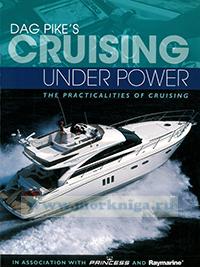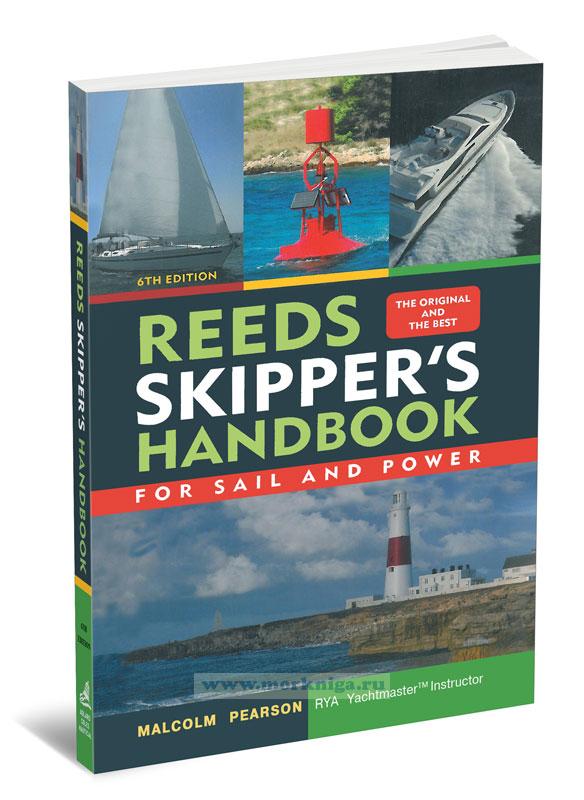Cruising under power
The freedom of cruising
Cruising in a motor cruiser .is so much more than just a journey undertaken without the constraints of a strict schedule - for me, it's all about enjoyment, visiting new and exciting places, and getting pleasure and satisfaction from making the passage itself.
I love the idea of planning and plotting a cruise, with the pleasure shared equally between time spent at sea and time spent in harbour. When motor cruising, you are doing things entirely on your own terms and at your own pace, and going where you want to go. Whatever your level of experience, you can choose an option that meets your requirements - maybe a gentle cruise in daylight in fine weather or a more challenging overnight cruise in busy waters. You can go foreign or perhaps take the easier option of cruising in home and known waters. The joy of motor cruising is that there are so many options and the choice is entirely yours.
With this freedom comes a responsibility. On land, responsibility for your actions is vested in countless rules and regulations and your personal decision-making is limited. Out at sea there are surprisingly few restrictions on what you can and can't do. The International Maritime Organization's Regulations for the Prevention of Collisions at Sea (COLREGs, see chapter 12) guide your actions when another vessel gets close, and there are a few no-go areas where certain requirements - usually military - might restrict your actions, but in the main you are free to roam the seas at your own pace and in your own time. Because of this freedom you take on a lot more responsibility: for the safety of your boat, for its navigation, and for your crew. If you are organised about it, these need not be onerous responsibilities; but you do need to consider how you will deal with the demands and responsibilities of a cruise. This is what this book is all about - demonstrating how to embark on and execute a cruise in a seamanlike manner and how to get maximum fun and satisfaction from doing it.
For me, half the fun and excitement is in the planning. Get this right, and when you actually set off on your cruise, all the elements should fall into place. Careful and detailed planning can help pass the long winter nights and here you can explore not only all the options but also the permutations of weather and tides. One of the major aspects of taking responsibility for a cruise is establishing the level of risk involved and the level of certainty you want for your cruise; there will be more about this later. You could set off with no particular destination in mind or have every detail planned beforehand. Most people will choose a path somewhere between the two, and of course you can always mix and match. My choice has been to go for a good measure of flexibility so that you can adapt to changes in the weather; but such flexibility is not always possible if you plan to use marinas, where booking a berth beforehand is often necessary.
The weather will dictate much of what you can do and where you can go on your cruise, and weather is the one thing you cannot plan in advance. Weather can and will change in the short term, so a measure of flexibility in your plans is essential. At times the weather can cooperate and fit in perfectly with what you have planned, but you will only know that at the time. My approach is always to plan a cruise in advance but to build in some time margins so you can be flexible if things don't work out as planned. The weather is such a critical aspect of cruising that I have devoted a whole chapter of this book just to that subject and how you can fine-tune weather forecasts to get a much better idea of what is possible and practical. For cruising you will be less interested in the wind strength and more interested in the sea conditions you will encounter. The waves will dictate not only the level of comfort on the voyage but also the level of danger and risk.
I love daydreaming about where I'd like to go cruising and wish I could visit all the places on my list. It doesn't cost much to be an armchair sailor, and maybe that is a hobby to save for my old age! Turning such dreams into reality is part of the challenge of cruising and of course it requires a considerable degree of commitment if that reality is to be an enjoyable cruise. There is an army of cruising people who relish the challenge of a more difficult cruise, perhaps having to overcome adversity in a way that doesn't happen on shore. Many of the potential risks are under your control so you can decide the level of risk you want to experience.
Choosing your cruising style
One of the basic choices when planning a cruise is whether to hop from marina to marina or take the more adventurous option of anchoring or mooring in port or even in remote bays. The marina option has much to recommend it because it means you can step ashore each night for a meal, visit a bar, take a shower and go shopping, as well as top up with fuel and fresh water. Using anchorages, or even tying up to a mooring buoy in harbour, means you will need to be a lot more independent. It will mean going ashore in a tender, which many people find an attractive option because it is like cutting off your ties with the shore and becoming fully dependent on your own resources - part of the escape scenario that can be the main attraction of cruising.
If you are going down the route of more adventurous cruising, your tender will play an important part in what you can and cannot do. Apart from going ashore in harbour, a capable tender opens up the way for more exciting cruising - taking the tender up rivers and into tiny harbours and coves that are not directly accessible with your motor cruiser. I love this type of exploration and it can take you to places that the world has virtually passed by. So the tender should be considered an essential part of a cruising yacht, something that can extend your cruising horizons.
Содержание
Introduction
1 Preparing to cruise
2 Planning your passage
3 Leaving harbour
4 Assessing weather and sea conditions
5 Watch-keeping underway
6 Entering harbour
7 Cruising at night
8 Cruising in fog
9 Adventure cruising
10 Fuel management and economy
11 Comfort on board
12 Rules and regulations
13 Coping with emergencies
Author's note
Index

 Reeds Skipper's handbook. For sail and power. 6th edition. Справочник шкипера. Для яхт и катеров
Reeds Skipper's handbook. For sail and power. 6th edition. Справочник шкипера. Для яхт и катеров